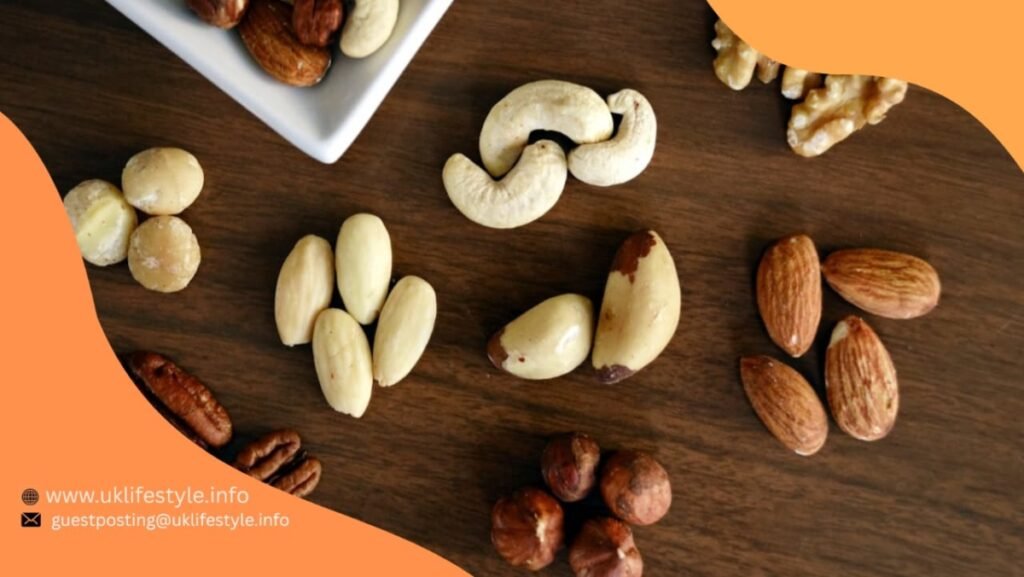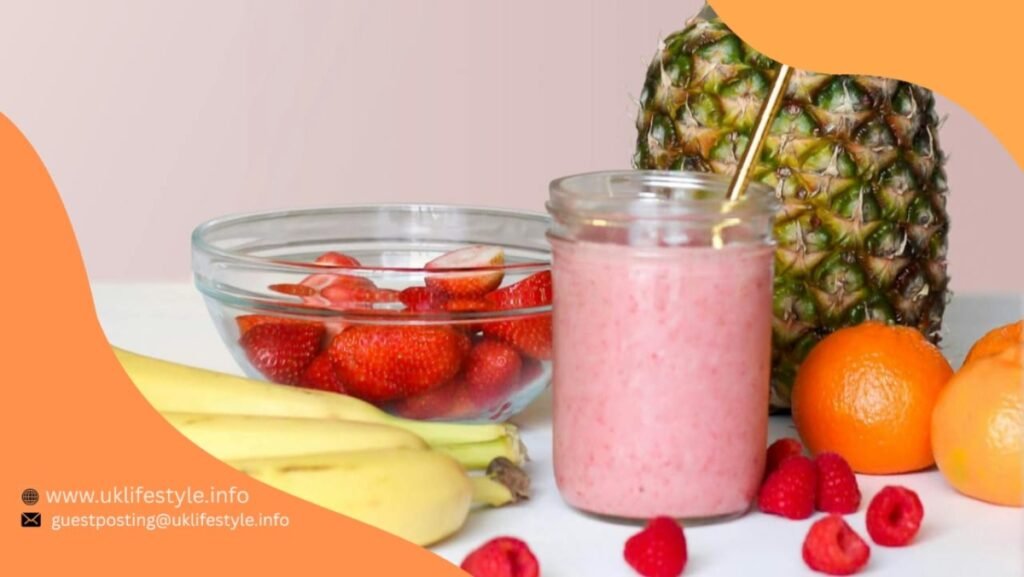Introduction: Why Calcium Matters
Calcium is the cornerstone of strong bones, healthy teeth, and vital nerve function. Whether you’re growing, aging, or simply trying to stay healthy, getting enough calcium from your diet is essential. Calcium helps regulate heartbeat, supports muscle function, and prevents diseases like osteopenia and osteoporosis.
This comprehensive guide outlines:
- Top calcium-rich foods (including dairy and plant-based options)
- Daily calcium requirements by age
- Symptoms of calcium deficiency
- Calcium content charts across vegetables, fruits, dairy, grains, legumes, nuts, and more
How Much Calcium Do You Need Daily?
Your calcium needs vary with age, activity level, and life stage. Here’s a quick reference:
| Age Group | Daily Calcium Requirement (mg) |
|---|---|
| 1 – 3 years old | 500 mg |
| 4 – 8 years old | 800 mg |
| 9 – 18 years old | 1300 mg |
| 19 – 50 years old | 1000 mg |
| 51 – 70 years old | 1200 mg |
| 70+ years | 1200 mg |
👉 Teens and elderly adults are at higher risk of deficiency and may need calcium-rich meals daily.
Signs and Symptoms of Calcium Deficiency
When your calcium intake is consistently low, your body may begin pulling calcium from your bones, weakening them over time. Here are the key warning signs:
Early/Mild Deficiency:
- Muscle cramps or spasms
- Brittle nails
- Dry, itchy skin
- Numbness or tingling in fingers and toes
Severe Deficiency:
- Seizures or tremors
- Facial spasms or tics
- Osteopenia (mild bone loss)
- Osteoporosis (severe bone loss)
- Increased bone fractures
📌 If you’re experiencing these symptoms, speak to a healthcare provider and assess your diet immediately.
Best Calcium-Rich Foods for Bones (Charts Included)
Below you’ll find detailed charts for top calcium sources across all food groups. These are foods that can help you reach your daily calcium goal naturally.
🥛 Dairy & Soy Products
Dairy is the most bioavailable source of calcium, meaning your body absorbs it well. Fortified soy alternatives can also be excellent.
| Food Item | Serving Size | Calcium (mg) |
|---|---|---|
| Yogurt (plain) | 1 cup | 450 |
| Milk (whole, low-fat, skim) | 1 cup | 300 |
| Buttermilk | 1 cup | 300 |
| Cheese (cheddar, jack, etc.) | 1 oz | 200 |
| Mozzarella | 1 oz | 200 |
| Swiss cheese | 1 oz | 270 |
| Soy milk (fortified) | 1 cup | 200–400 |
| Yogurt drink | 12 oz | 300 |
| Ice cream | 0.5 cup | 100 |
| Nonfat dry milk powder | 5 Tbsp | 300 |
| Carnation Instant Breakfast | 1 packet | 250 |
🥦 High-Calcium Vegetables
Some vegetables offer excellent calcium, especially leafy greens like kale and arugula.
| Vegetable | Serving Size | Calcium (mg) |
|---|---|---|
| Arugula, raw | 1 cup | 125 |
| Broccoli, cooked | 1 cup | 180 |
| Spinach, cooked* | 1 cup | 240 |
| Kale, raw | 1 cup | 55 |
| Okra, cooked | 1 cup | 100 |
| Acorn squash, cooked | 1 cup | 90 |
| Turnip greens, raw | 1 cup | 80 |
| Dandelion greens, raw | 1 cup | 80 |
| Bok choy, raw | 1 cup | 40 |
⚠️ Spinach is high in calcium, but its oxalate content reduces absorption. Don’t rely on it as a primary source.
🍇 Calcium-Rich Fruits
Some fruits—especially fortified juice and dried figs—pack a surprising calcium punch.
| Fruit/Fruit Product | Serving Size | Calcium (mg) |
|---|---|---|
| Figs, dried | 1 cup | 300 |
| Orange juice (calcium-fortified) | 8 oz | 300 |
| Kiwi, raw | 1 cup | 50 |
| Orange juice (non-fortified) | 1 cup | 20 |
🍳 Calcium in Eggs, Bananas & Milk
| Food Item | Calcium (mg per unit) |
|---|---|
| 1 large egg | ~28 mg |
| 1 medium banana | ~5 mg |
| 1 cup of milk | 300 mg |
➡️ Milk contains 60x more calcium than a banana. Eggs, while nutritious, are not calcium-rich.
🥣 Grains and Fortified Foods
Fortified cereals and bread can boost calcium intake, especially for vegans and picky eaters.
| Grain/Food | Serving Size | Calcium (mg) |
|---|---|---|
| Fortified cereals | 0.5–1 cup | 250–1000 |
| Bread (calcium fortified) | 1 slice | 150–200 |
| Oatmeal, instant | 1 package | 100–150 |
| Tortillas, corn | 2 | 85 |
| Amaranth, cooked | 0.5 cup | 135 |

🥜 Nuts, Seeds & Legumes
Seeds like sesame and soy-based products are rich sources of plant-based calcium.
| Food Item | Serving Size | Calcium (mg) |
|---|---|---|
| Sesame seeds (roasted) | 1 oz | 280 |
| Tahini (sesame butter) | 2 Tbsp | 130 |
| Almonds | 1 oz | 80 |
| Sunflower seeds | 1 oz | 50 |
| Tofu (firm, calcium-set) | 4 oz | 250–750 |
| White beans, cooked | 0.5 cup | 70 |
| Soybeans, boiled | 0.5 cup | 100 |
| Tempeh | 0.5 cup | 75 |
| Garbanzo beans (chickpeas) | 1 cup | 80 |
🐟 Fish with Bones
Some canned fish are natural calcium bombs, especially when bones are included.
| Fish Type | Serving Size | Calcium (mg) |
|---|---|---|
| Sardines (with bones) | 3 oz | 370 |
| Salmon (canned, with bones) | 3 oz | 170–210 |
| Mackerel (canned) | 3 oz | 250 |
🍯 Miscellaneous
| Item | Serving Size | Calcium (mg) |
|---|---|---|
| Blackstrap molasses | 1 Tbsp | 135 |
| Hot cocoa (fortified) | 1 packet | 320 |
10 FAQs on Calcium-Rich Foods and Bone Health
1. What are the highest calcium foods?
Yogurt (450 mg/cup), sardines (370 mg/3 oz), and calcium-fortified cereals (up to 1000 mg/cup) top the list.
2. Is plant calcium as effective as dairy calcium?
Yes, if absorbed well. Low-oxalate vegetables (like broccoli, kale) and fortified products are effective.
3. How much calcium is in a banana?
Only about 5 mg—bananas are not a significant source of calcium.
4. Does spinach give you calcium?
Spinach has calcium (240 mg/cup cooked) but it’s poorly absorbed due to high oxalates.
5. Which fruits are highest in calcium?
Dried figs and calcium-fortified orange juice offer the most.
6. Is milk the best calcium source?
It’s one of the best-absorbed and most concentrated natural sources.
7. How much calcium is in eggs?
A single egg contains around 28 mg of calcium—not a major source.
8. What vegetables are richest in calcium?
Arugula, broccoli, kale, and cooked spinach rank high (though not all are equally absorbable).
9. Are sardines good for calcium?
Yes. Canned sardines with bones have up to 370 mg per 3 oz serving.
10. Can I get enough calcium without dairy?
Yes—through fortified foods, leafy greens, tofu, fish with bones, seeds, and legumes.
Conclusion: Build Strong Bones with Smart Calcium Choices
Whether you’re a child, adult, athlete, or aging adult, calcium is crucial to your skeletal and overall health. By including a variety of calcium-rich foods in your daily diet—dairy, fortified options, leafy greens, legumes, and canned fish—you can easily hit your nutritional goals.
Remember, it’s not just about how much calcium you eat, but how well your body absorbs it. Pair calcium-rich foods with vitamin D and a healthy lifestyle for optimal results.



